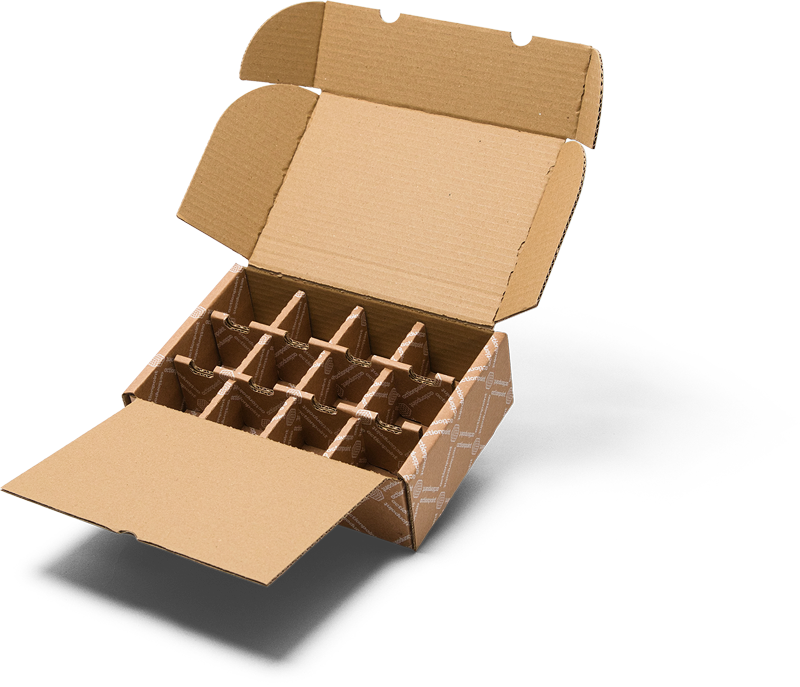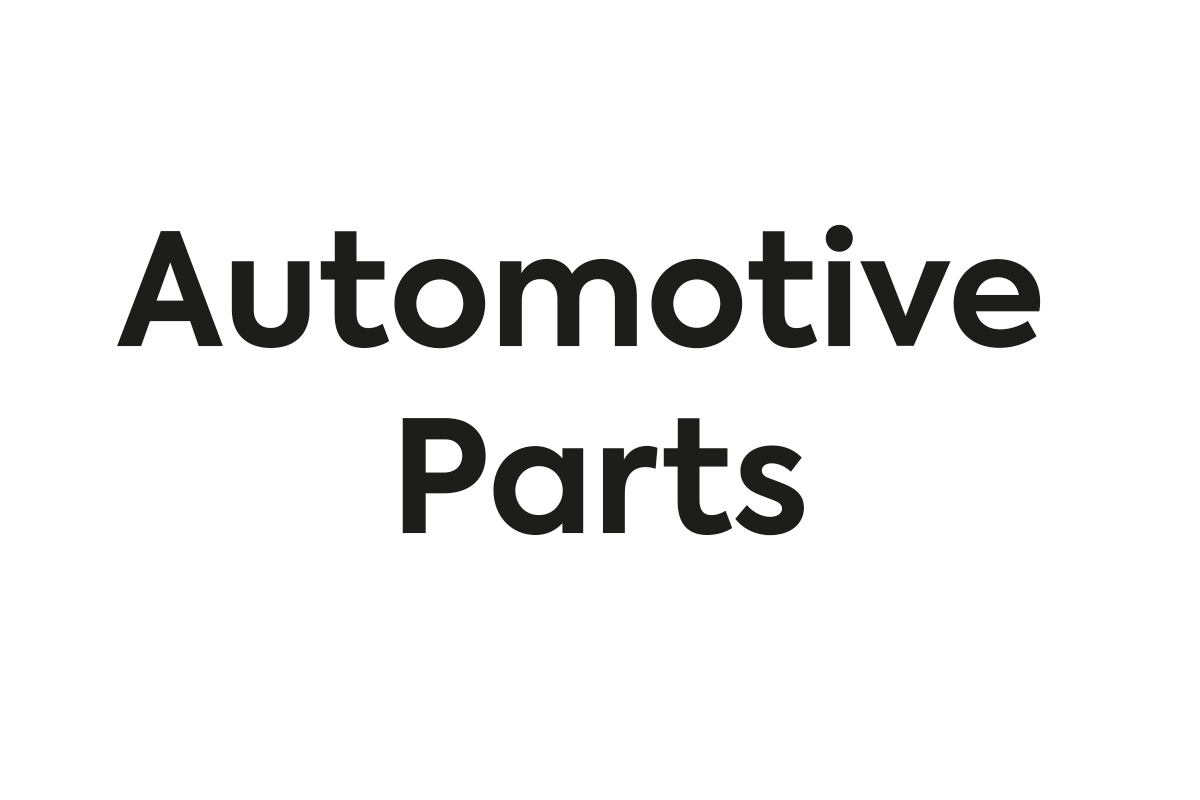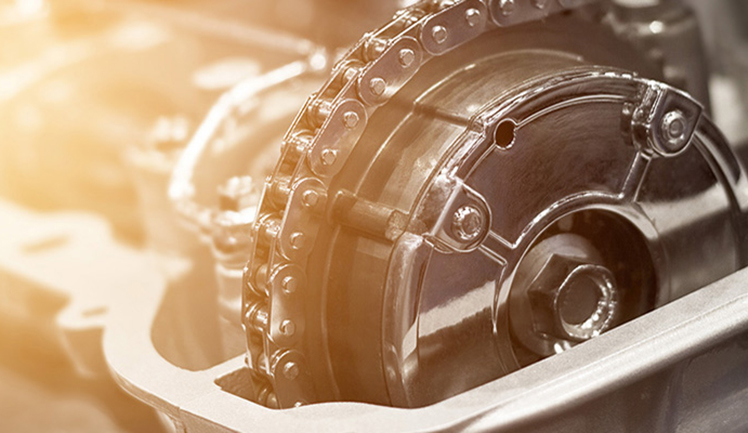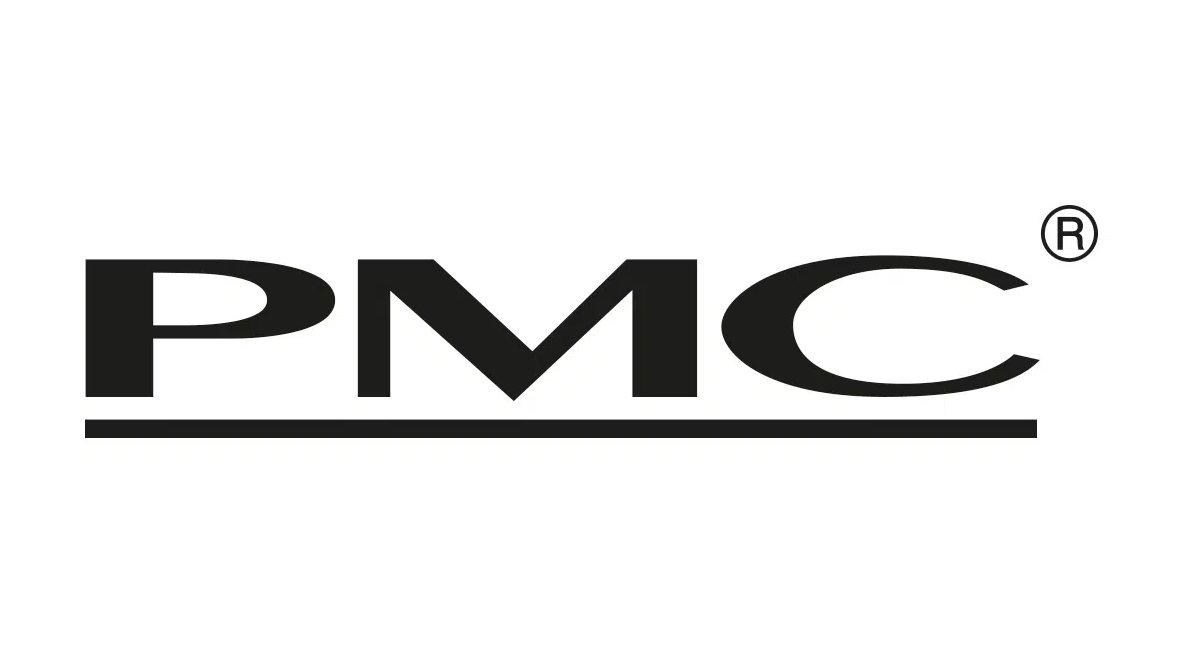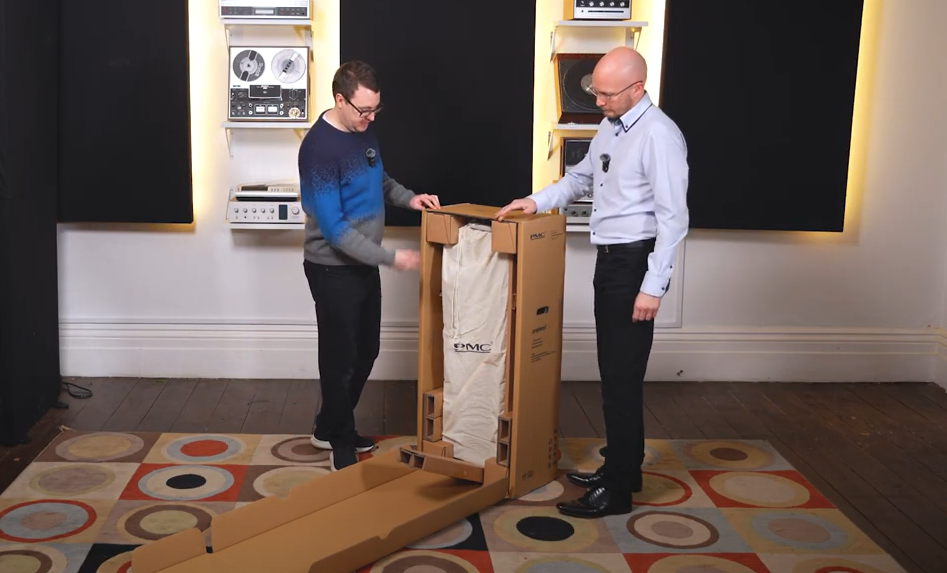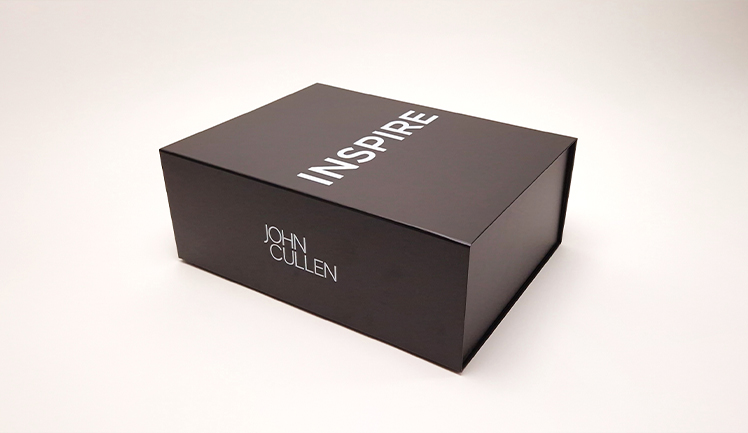PMC
- Fully recyclable packaging solution
- Elimination of plastic-based materials
- Custom inserts for superior product security
- Reduced waste and shipping efficiency
- Sustainable design
Industry
High-Fidelity Audio & Speaker Manufacturing
Actionpoint Solutions
Sustainable Packaging

